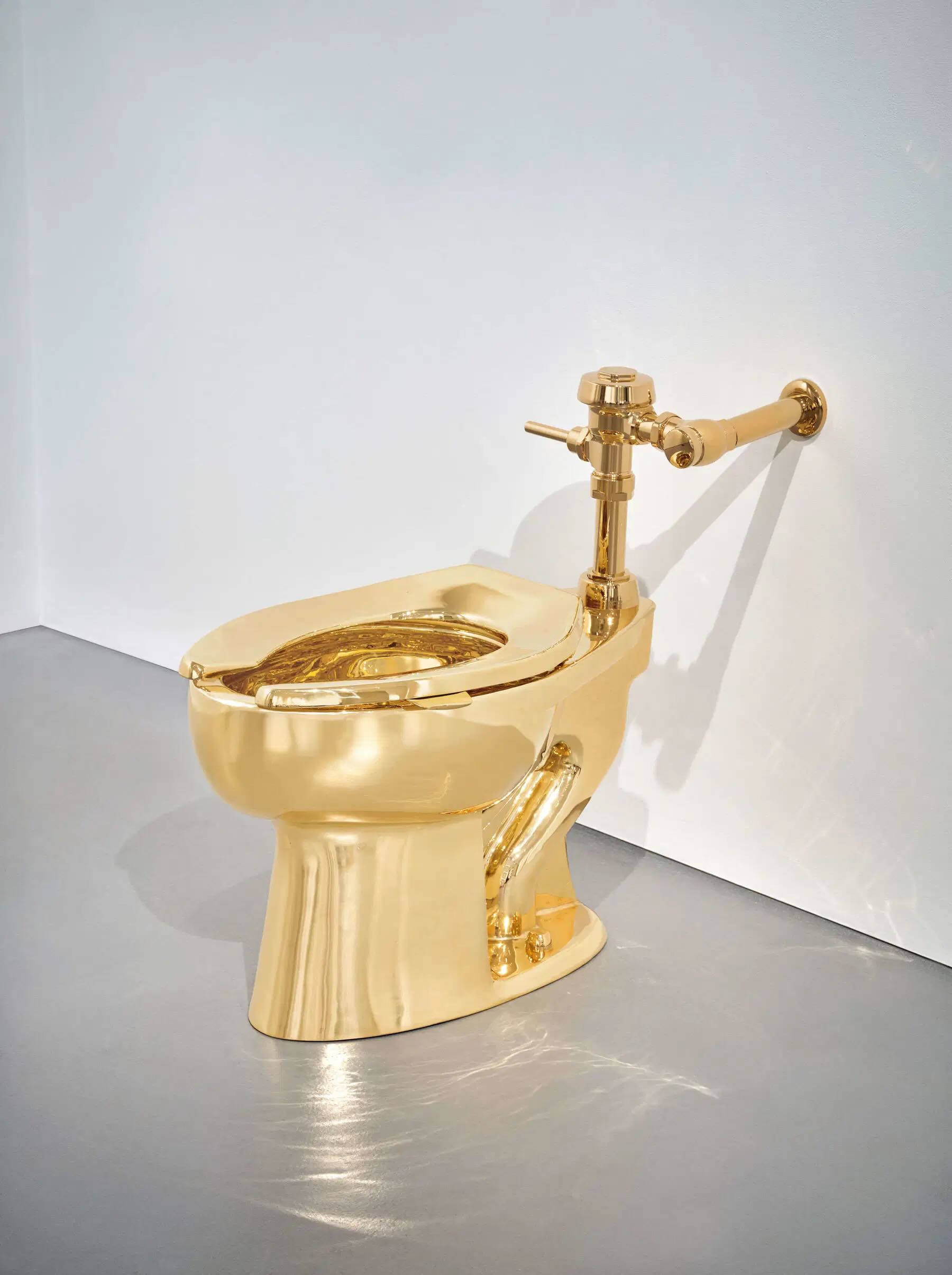photo by Stephan Julliard
Why can a vintage screen become an innovative solution for dividing spaces? Whether it is to create a corner dedicated to relaxation, or to mark the division between the living area and the dining room without overwhelming the environment from a structural point of view, a room divider with a unique, inimitable flavor, certainly impresses its identity and history on the existing atmosphere, renewing its perception.
The attitude that leads to furnishing our spaces in an ever more fluid way, so that they can adapt to different situations, furnishing genres and décor changes over time, is the ideal condition for the screen; with its ingenious quality of being foldable, it goes beyond the state of pure "screen", an object used to conceal something. Of course, it remains a good solution to elegantly hide small corners that we do not wish to reveal, but it also makes its way into the space of the house to show itself in its entirety, delimiting with non-invasive elegance a change of situation, or imposing a strong decorative accent on the interior design, when used for example as a decorative background placed behind a sofa, as if it was an upholstery or a wallpaper.
Those who love vintage will find in the repertoire of the 20th century countless kinds of screens compatible with the current spirit: among the most entertaining ones, those decorated with lithographs by Piero Fornasetti, known for his extravagant and sometimes surrealist pieces, including his unmistakable screens, stand out. From the flea markets to the sacred places of vintage, such as the latest edition of Mercanteinfiera, we noticed that those in bamboo and wicker were very successful: slender and light, to be combined with wallpapers from exotic objects and furnishings covered in soft velvets in vibrant colors, or to be placed on the terrace and in the garden. Other vintage screens are covered with fabric, and if the ravages of time on the fabric are very visible, you can indulge yourself with upcycling, looking for vintage fabrics in good condition, or contemporary textiles, to give your screen a new look. For those who prefer the luxurious impact, the 1930s provide a vast repertoire of precious Art Déco style screens, such as those that combine gold and dark lacquer in order to give life to exotic scenes that evoke the East.
Those with a penchant for vibrant colors and lacquer furniture will find a wide range of Chinese or European screens with chinoiserie lacquer offered by the vintage market. The history of the screen started in fact in ancient China, where this type of furniture was in vogue as early as the first century after Christ, and served as a real decorative panel: a sort of traveling painting that depicted romantic scenes inspired by Chinese literature. Already in ancient times, Chinese screens exhibited the technique of lacquering, which became very fashionable in Europe in the 18th century, when screens began to be imported from China, especially in France, where they became one of the most fashionable objects of desire. When you hear about the Coromandel screens (which take their name from the Indian coast that in the 17th century was the bridge between China and Europe during their export), the screens in question are the lacquered Chinese screens that arrived in Europe at the end of the 17th century decorated with elegant floral and animal scenes, and inlaid with mother of pearl, ivory or precious stones.
Coco Chanel stands out among the most enthusiastic experts of Coromandel: screens were the first pieces that the designer bought when she began to collect. She owned 32 of them, 8 of which furnished her legendary Parisian apartment at 31, Rue Cambon. Mademoiselle pioneered the decontextualization of this type of furniture, by covering entire walls with these panels, as if they were wallpaper.
Whether simple or elaborate, a vintage screen can masterfully define a living space, regardless of whether the house has an open floor plan or not. One of our favorite screens from the 20th century is a masterpiece that has catapulted the lacquering technique into the modern spirit: it is the Brick Screen designed by Irish designer EileenGray (1879 - 1976) between 1925 and 29. Composed of rectangular hand-lacquered elements, some fixed and some turnable, this is a masterpiece combined with a timeless design: a stately example of the possibility of projecting spaces with the help of a screen, which in this case can easily be mistaken for a sculpture.
There are many ways to separate and define spaces… even the vintage backless bookcases become versatile elements that can serve as suggestive dividing walls… don't miss them in one of the next intOndo appointments!






.png)





